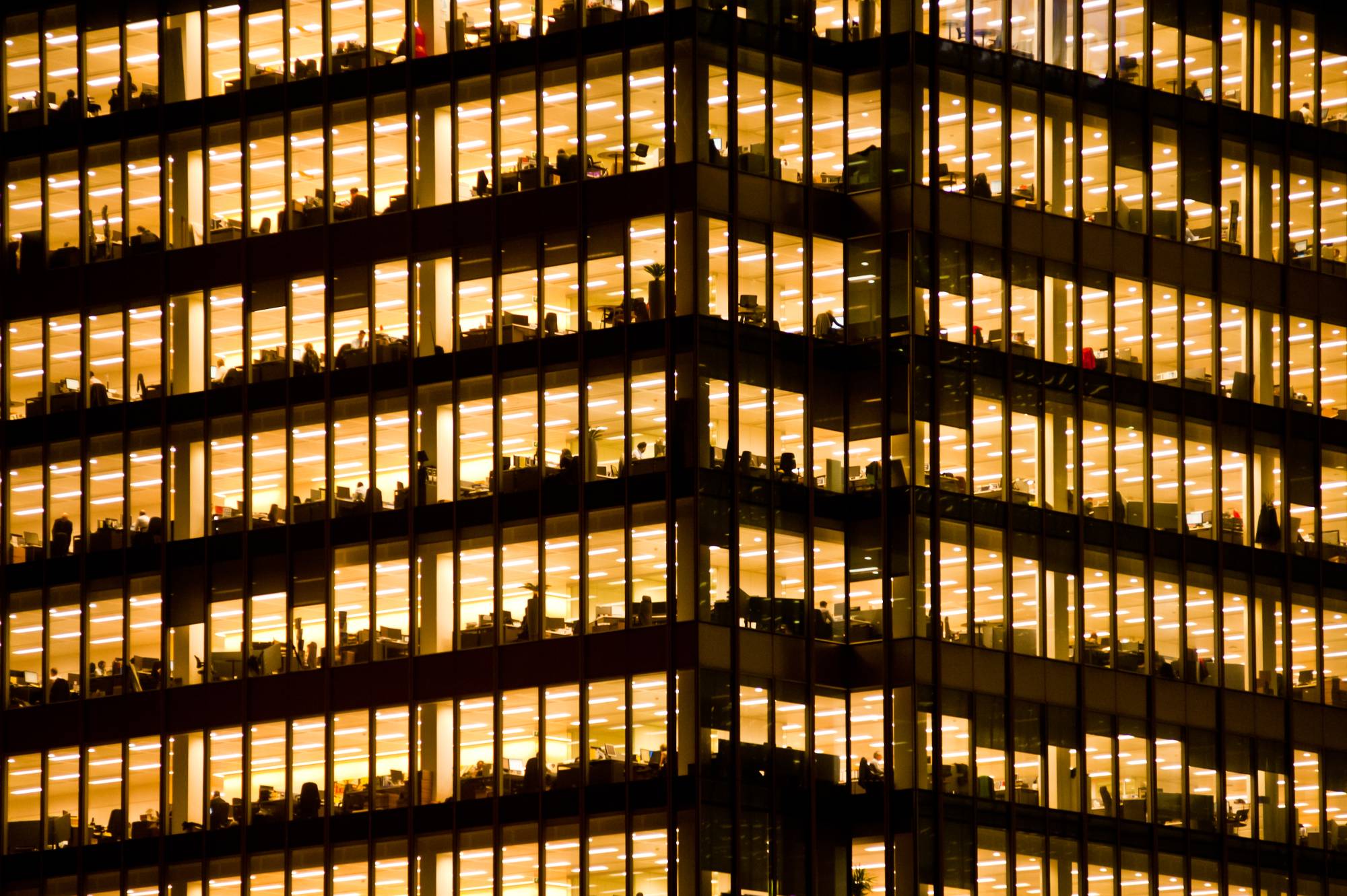America’s ambivalence about wearing masks has played a part in its COVID-19 woes. But there’s another factor beginning to receive a closer look as the virus tears through some of the hottest parts of the United States: Our zealous — and rather unusual — insistence on living and working in spaces that are largely sealed off from the outdoors.
It wasn’t always so. In the 19th century, a growing number of people lived and worked in cramped, airless quarters in the nation’s growing cities. As disease ran rampant, the solution was simple: better ventilation. A growing number of medical professionals prescribed "natural disinfectants” — fresh air and sunshine — to counter the threat of disease.
In his 1882 book "How We Ought to Live,” a doctor named Joseph Edwards argued for outsized windows and doors in homes, claiming that "the larger you make your openings, the nearer will your house approach a tent.” A tent? He explained: "I am sure we would all enjoy better health, if houses were unknown, and we lived in tents or in the open air, as animal life in a state of nature is accustomed to do.”

















With your current subscription plan you can comment on stories. However, before writing your first comment, please create a display name in the Profile section of your subscriber account page.